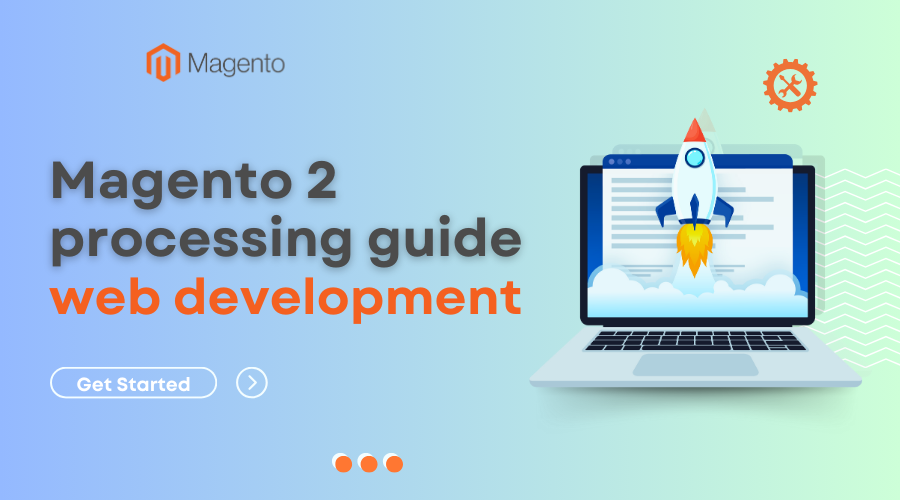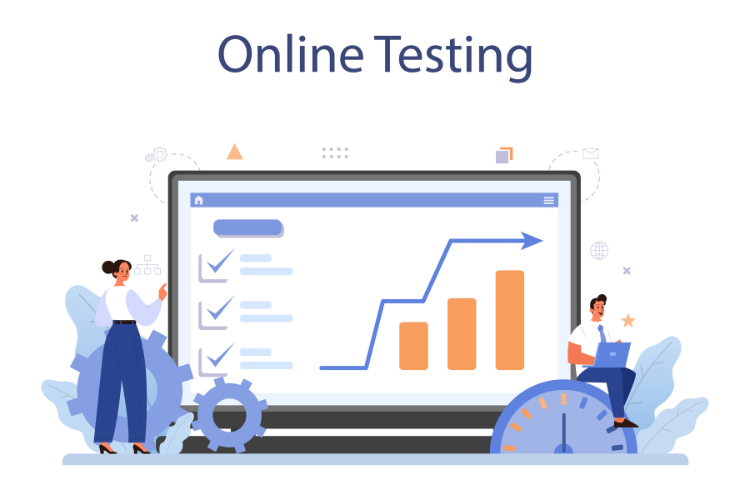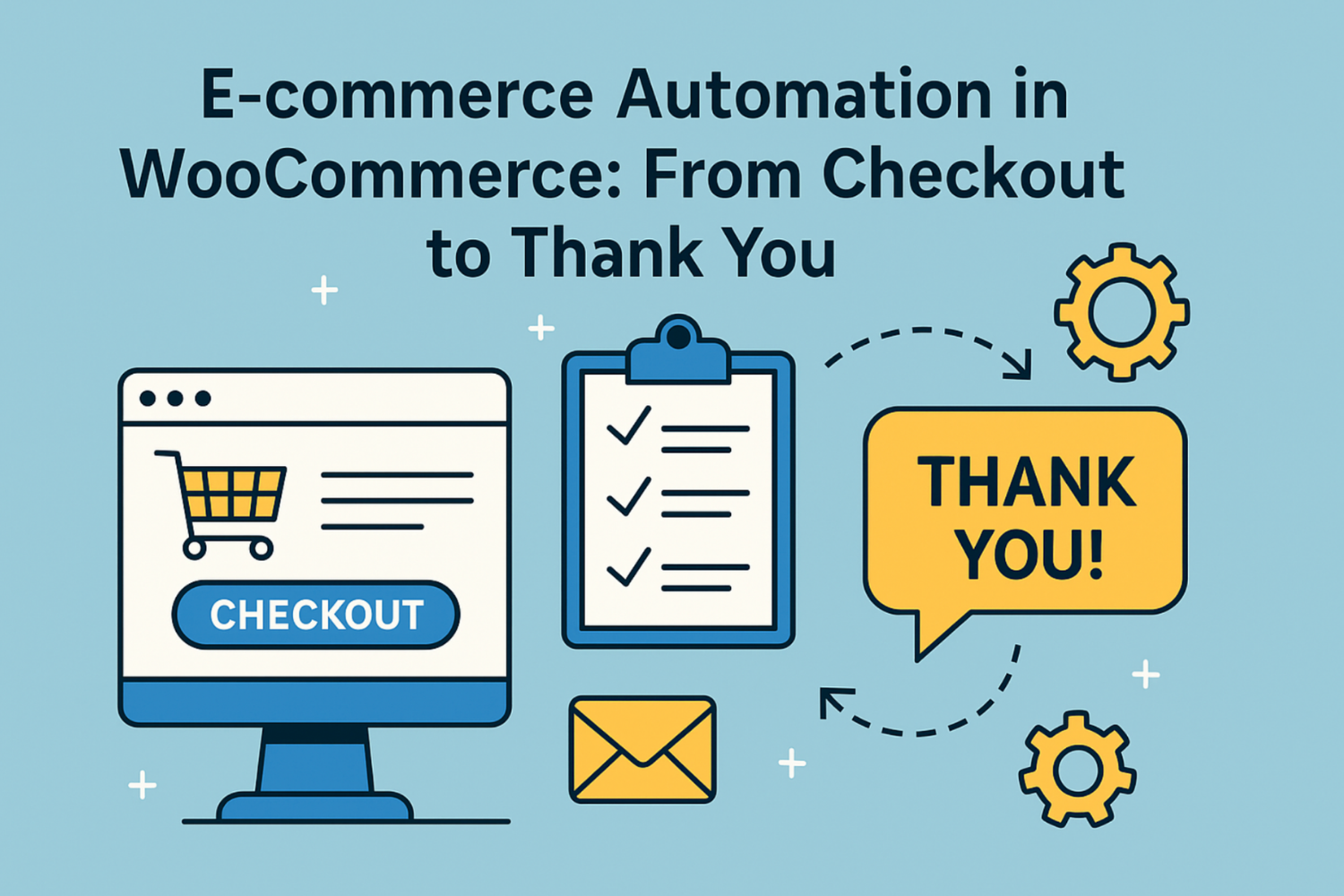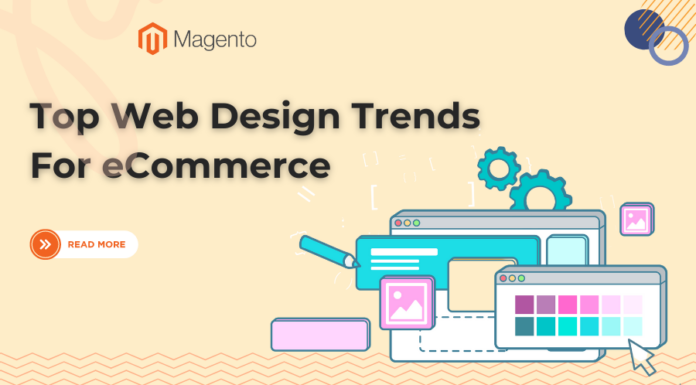
Magento website development can be chaotic and complex. When you least expect it, complexities can delay the launch of your website. The biggest challenge is choosing a platform that perfectly voices your requirements and assures smooth development.
Table of Contents
Magento’s overview
Magento has been standing tall amidst tough competition. There are about 120k live websites built on Magento. Whether you want to set up an eCommerce store or a regular website, Magento offers streamlined development. You can translate your vision into reality by nurturing robust features and flexible architecture.
From adding newer functionality to scaling your website, it becomes easier when you have Magento by your side. The extensive libraries and extensions make you deliver a future-proof website.
To unveil the brilliant opportunities offered by this platform, you must collaborate with the web development services company. They will have the expertise and platform knowledge needed to build a solid website.
This article will explore the detailed process to convert your website vision into a full-fledged solution.
II. The Detailed Guide to Magento Website Development Process
If you are planning a Magento website, you must follow the detailed process. It can help you convert your vision into a beautiful website.
1. The Planning Phase
The planning phase is the most crucial part of your app development journey. You may want to carefully consider all facets of development that can help you develop effective strategies. This would help you deliver a successful solution.
The planning phase begins with identifying the purpose of developing an application. You must look at the goals for the application. For instance, you could be creating an eCommerce website to build your customer base. The website could also be a way to engage the customers. The goals will help you plan the website properly.
Along with defining the goals, you must conduct detailed market research. This would help you understand the apps that exist in the market. You can determine the effectiveness of these apps and the gaps that exist. You would know what customers expect from these apps, and what is missing.

These gaps can help you plan the value proposition for your application. Lastly, the planning phase is when you create the project timelines and budget. You might want to think through a realistic budget and timeline. Make sure to avoid delays as much as possible.
You can break down the entire development process into manageable chunks to achieve the deadlines.
This is the phase when you select the Magento edition that works perfectly for your business solution. you must know the difference between an open source, commerce and eCommerce cloud edition. Lastly, find a suitable hosting solution that can help you manage the server’s uptime, speed and scalability. You must look for private or shared hosting, depending on your needs.
2. The Design Phase
The design phase is where the focus shifts towards the visual appeal of the Magento website. You will look at the different aspects that help design visually beautiful and user-friendly websites. The design is crucial for captivating the users and encouraging engagement.
You must begin by developing the wireframes for the website. You can use the wireframing tool that helps you visualize the key elements of the website, such as navigation menus and product categories. You can also place the CTA button properly using these tools.
If you don’t want to build the website from scratch, you can go with custom themes and pre-built designs. These would help you get started with the website immediately. It can also help you create unique, flexible designs.
Pre-built themes also offer an excellent way to approach website design cost-effectively. The visual elements are crucial for the interface design. You might want to create intuitive navigation paths and defined CTAs. You can also craft a unique experience for the application.
It is crucial to consider developing responsive designs for the mobile application. You must look for adaptive layouts that can easily modify themselves to meet the unique device requirements. Prioritizing design can help you deliver creative websites that stand out.
3. The Development Phase
When you are in the development phase, you bring to life all the features and functionality of the website. You will be working towards the goals you have set for the Magento website.
The first task is to set up the Magento environment, which is similar to your production environment. This will help you test the website and ensure it is free of bugs and errors. You can also address the errors in the early stages with this approach.
You might want to install the extensions and modules essential for website development during this phase. Choose the relevant extensions or modules from the ecosystem. You must look for solutions aligned with your business needs. For instance, you can add advanced search capabilities as one of the primary functionality.
The development phase also involves customizing the themes or templates. You must ensure the entire website is a reflection of your brand’s identity and resonates with it. You cane ven customize the themes or templates for the purpose.
If you are building a website that will focus on transactions, you must integrate the top payment gateways as well. Lastly, developers should focus on creating functionalities and features that are aligned with the unique business needs. For instance, you can have a loyalty program that is in sync with your business.
You can also choose a custom product configurator for the business website. The website should be complete with all the important aspects and ready for release. You must ensure the codes and images are properly configured. You can also address the performance bottlenecks during this phase.
4. The Testing Phase
The testing phase is your pre-launch phase. You will be checking the code against the functionality. At the same time, you will test the website for performance, speed and optimization. The website will go into the release stage and be available to the users after it is thoroughly tested.
You must start by conducting a detailed functional test for the entire website. You must verify that each function works properly. For instance, if you have an e-commerce website, try adding items to the cart. This would help you check this function. Similarly, you can check payments and checkout processes as well.
Once you have conducted the functionality test, it is time to complete the usability testing. This would help you check fi the product is usable, the checkout is fluid and the features accessible. You can gain immediate feedback from real users of the website. This would help you improve the solution.

The next part is the check the security features of the website. See if the website is safe from vulnerabilities like cross-site scripting and others. You must verify if the developers have used top-notch security practices for the website.
The performance testing immediately follows the security test. You might want to check if increasing user volume will affect your performance. You can also check bottlenecks like slow loading and slow server responses.
Lastly, make sure to check the website’s compatibility across devices and browsers. This would help you ensure that the users can seamlessly access the website.
Conclusion
Before releasing the website, you must migrate the website to the server. You should also configure the caching and optimization settings for the website. It is equally important to consider the backup and disaster recovery before launching.
The post-launch phase is equally important where your developers will get inputs from customers to continuously improve the website. It is important to follow all these processes and ensure smooth development.
You must connect with Magento experts who are aware of the platform and your domain to extend a quality website for your business.
Read more:
- 1. Why You Should Hire Shopify Experts To Develop Your eCommerce Business In 2024?
- 2. The Ultimate Guide To Hire A Dedicated Magento Developer
- 3. Top 5 Open Source Inventory Management Software












![[SALE OFF] Discount 30% All Premium Extensions On Christmas And New Year 2025 christmas-and-new-year-2025](https://landofcoder.b-cdn.net/wp-content/uploads/2024/12/christmas-and-new-year-2025-1-218x150.png)






